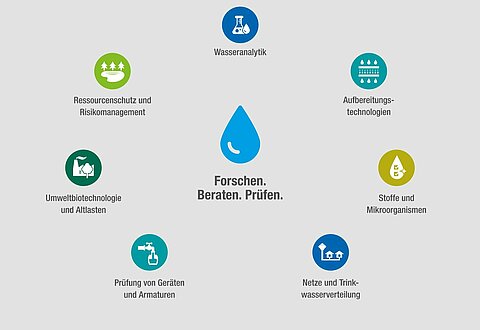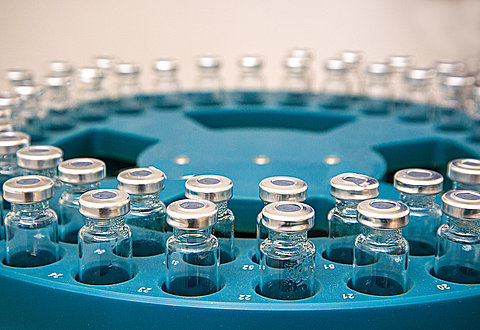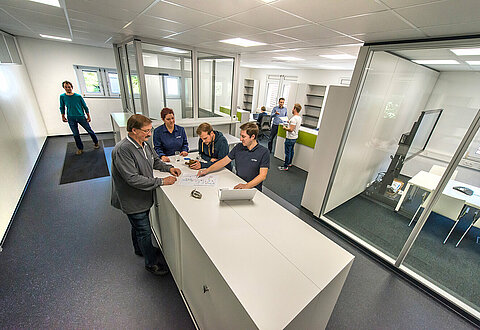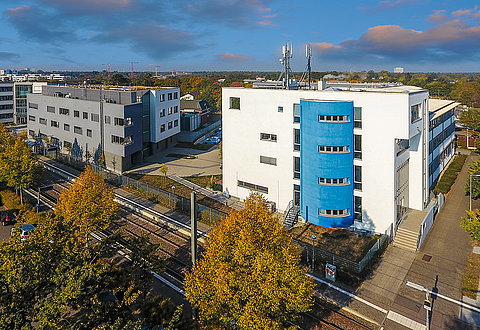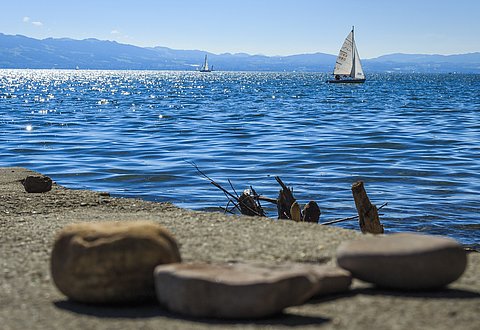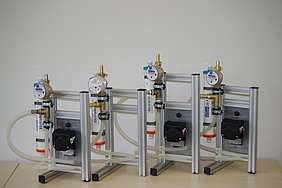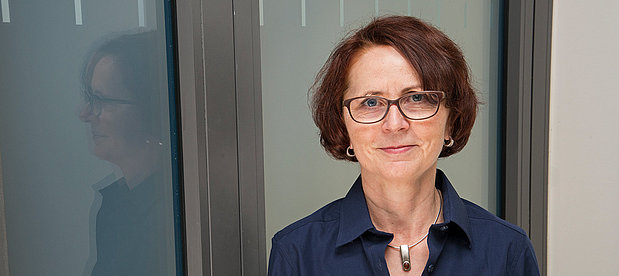It is often not possible to identify the causes of sporadic findings of coliform bacteria and enterococci using traditional test methods. For this reason, the research project shall establish methods to improve the localisation of contamination points in the drinking water process chain.
When using traditional test methods, for example for coliform bacteria or enterococci, i.e. when working with a sample volume of 100 ml, it is only possible to identify the point of contamination for a short time and only with high and sustained external contamination. For the specified sample volumes, loads are only detected from 10,000 bacteria per m³. However, contamination is usually occasional, for instance it may occur in association with rainfall. In addition, the concentrations are often extremely low, especially at high water flow rates. In these cases, it is often difficult to clearly identify the point of contamination, even using long-term comprehensive test programmes. The aim of the DVGW research project was to develop a methodology for the rapid enrichment of bacteria from large water volumes and to additionally further develop molecular biological identification procedures to enable a quick and definite identification of contamination sources for the water sector.
Practical filtration systems were developed for the enrichment process which can be used to quickly concentrate bacteria on site. The bacteria are then flushed out of the filtration modules in the lab and quantified using standard methods.
The molecular biological work focused on typing enriched indicator organisms using molecular biological identification procedures. RAPD-PCR (random amplified polymorphic DNA) methods were further developed as well as identification via sequence analysis of the 16S rRNA and selected marker genes.
Indications were developed for the practical use of enrichment and identification of coliform bacteria and enterococci.
Publications:
Hügler, M.; Petzoldt, H.; Korth, A.: Innovativer Ansatz zur Ursachenanalyse mikrobiologischer Belastungen [Innovative approach to analyse the causes of microbiological pollution]. Veröffentlichungen aus dem Technologiezentrum Wasser [Publications from TZW] 70, ISSN 1434-5765, 45-57 (2015)
Wricke, B.; Korth, A.: Hygienische Sicherheit im Verteilungsnetz – Teil 2: Erkennen und Beseitigen der Ursachen mikrobiologischer Güteveränderungen [Hygienic safety in distribution networks – Part 2: identification and elimination of the causes of microbiological quality changes]. DVGW energie|wasser praxis 11/2016, 32-41 (2016)


![[Translate to English:] Prüfstelle-Produktprüfung_Teststand Test centre and product testing](/fileadmin/_processed_/0/9/csm_TZW-Karlsruhe_Pruefung_Geraete-Teststand_444204ae51.jpg)
















